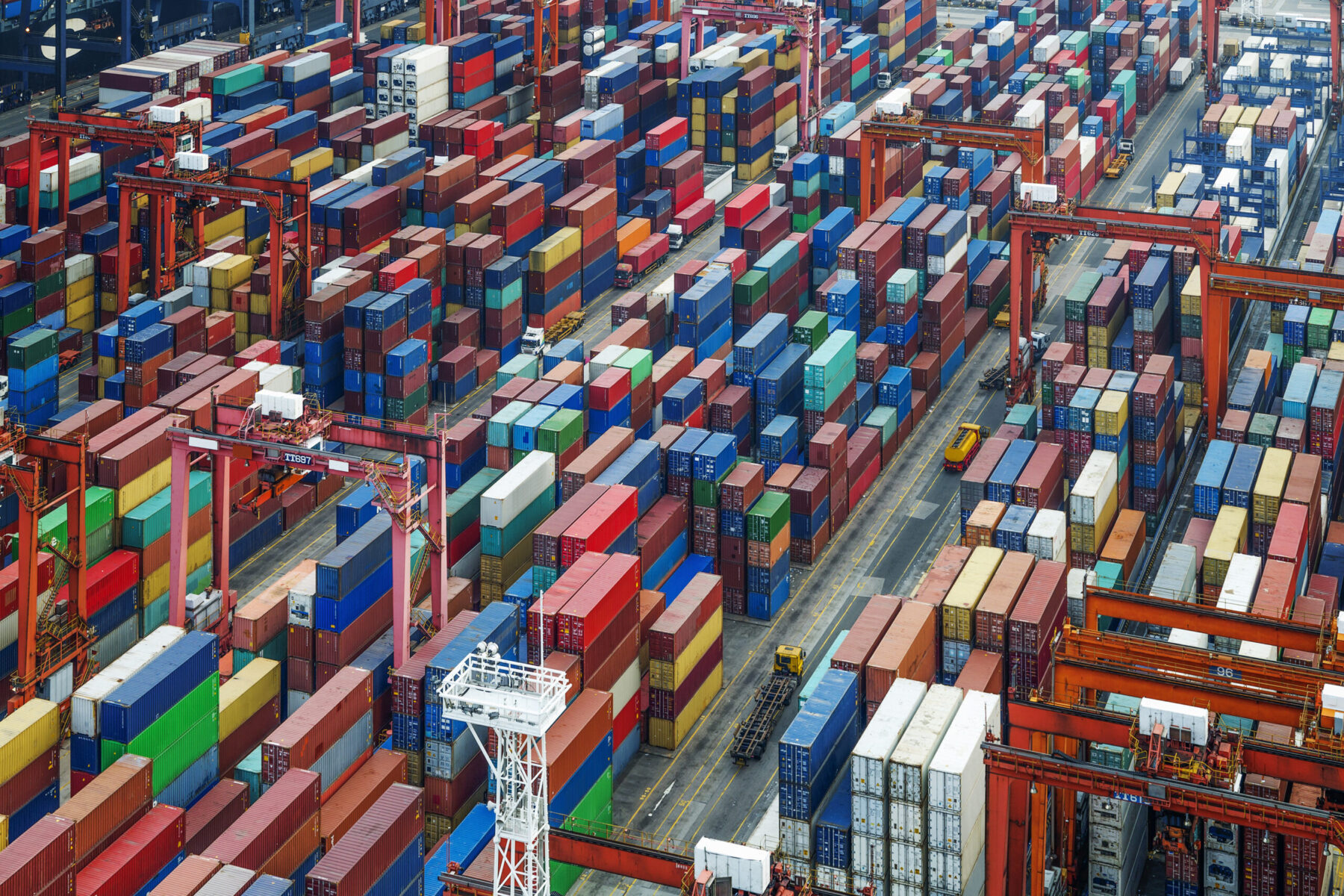Ocean Deep Dive: 5 Things You Need To Understand This January
Jan 09, 2023
Scroll to find out more
Jan 09, 2023
Scroll to find out more

As we head into a new year and tender season, all eyes are on the ocean market to plan for the seasons ahead. For shippers looking for certainty to shape their plans, however, the outlook remains frustratingly volatile.
While we have seen some stabilisation – rates have slowed their rapid drop – much remains up in the air, from how carriers will further act to manage capacity, to the Covid situation in China. To get a head start on the year and find some answers, we sat down for our monthly review with Richard Fattal, Zencargo Co-Founder and CCO on our podcast Freight to the Point to discuss the trends shaping the ocean freight market in 2023 and why they matter.
Here we examine four factors shippers need to be aware of and what they mean for your supply chain.
All eyes are on demand at this time of year – more so than ever right now as the industry looks for the customer spike in orders that precedes Chinese New Year. With Chinese New Year coming earlier this year, we’ d normally see a rush on cargo in advance of the holiday. In practice, this seems to not have happened.
While this is good news from a purely rate perspective, it has serious consequences for services levels. ‘Booking space is broadly less challenging, but getting space on the right service, or the service that gets you into your warehouse, into your destination market when you expect it, or getting capacity on the alliance, or the loop that you had anticipated might be more challenging, because a sailing might be out of service, or a port might be emitted.’ explains Richard
While capacity cuts haven’t managed to raise prices, rates for shipping have recently stopped declining as steeply and are starting to stabilise – as pointed out by our VP Ocean Anne Sophie Fribourg on a recent podcast, we may have hit the floor when it comes to rates. The market is diverse, however, with some carriers holding steady while others have made small increases, testing the waters to see what might work.
From Richard’s point of view, it’s a “watch this space” situation over coming weeks, as it is not yet clear how the next cycle demand will impact the rate market. However, given that carriers continue to hold many of the cards in the long term, now may be the time for shippers to start considering a long-term strategy, taking into account factors such as the nature and stability of their volumes, as well as the need for certainty and flexibility in service. Given the current market conditions, and the need to secure space once demand returns, it may be advisable to lock in some stability, particularly given that budgets are lower this year compared to last.
In the face of ongoing uncertainty, now is not the time to put all your eggs in one basket – even one as tempting as a rock bottom spot market. The strategic choice is to implement a diversified shipping strategy – with the flexibility of spot movement and the safety of a contract where necessary.
‘If you operate solely in the FAK market, you can benefit from an array of options – the rates in the market might be slightly cheaper than what’s on a longer term agreement.’ says Richard, ‘But the disadvantage is that you don’t necessarily benefit from space protection from the carrier.’
With the market still in flux, there’s no longer room for a one-size-fits-all strategy. Every plan needs to be tailored to shippers’ own market, product mix and customer base. Being an efficient shipper and reliable partner starts with fully understanding upcoming supply chain volumes and forecasted demand.
This includes not only the expected amount of cargo that will need to be shipped, but also the seasonality and stability of that demand. For example, if a shipper has a product that is only in demand during certain times of the year, they may want to focus on securing space protection and stable service for those peak periods, while leaving room for more flexibility during the off-peak times.
Planning for disruption can also help mitigate their impact – think changes in capacity, the current COVID situation in China or the industrial action that has beset ports this year. By having contingency plans in place, shippers can be better prepared to handle whichever direction the market goes.
With conditions still evolving, agility is a must for shippers in every industry. We work with some of the world’s fastest-growing businesses to help them plan their volumes based on real-time data, understand the options available to them and help them make evidence-based decisions that balance price, capacity and risk.
To find out more about how the right technology and support can help you succeed in 2023, book a consultation with one of our team today.

To find out how you can take control of your supply chain costs and stay ahead...

To find out how you can navigate a path through uncertainty, book your free str...

To find out more about how Zencargo’s digital freight forwarding experts and te...